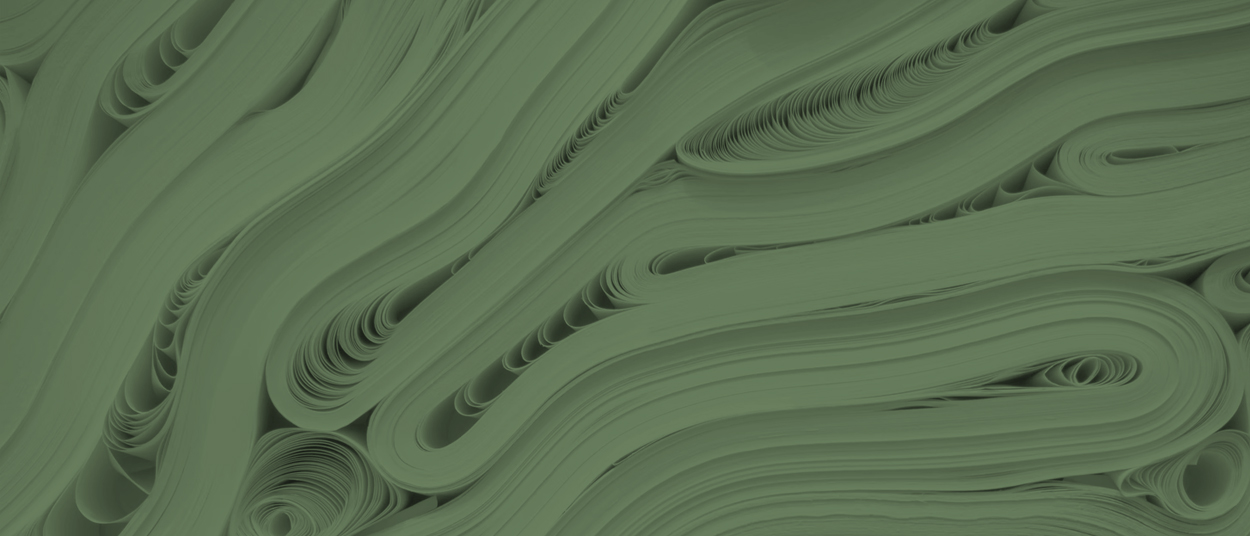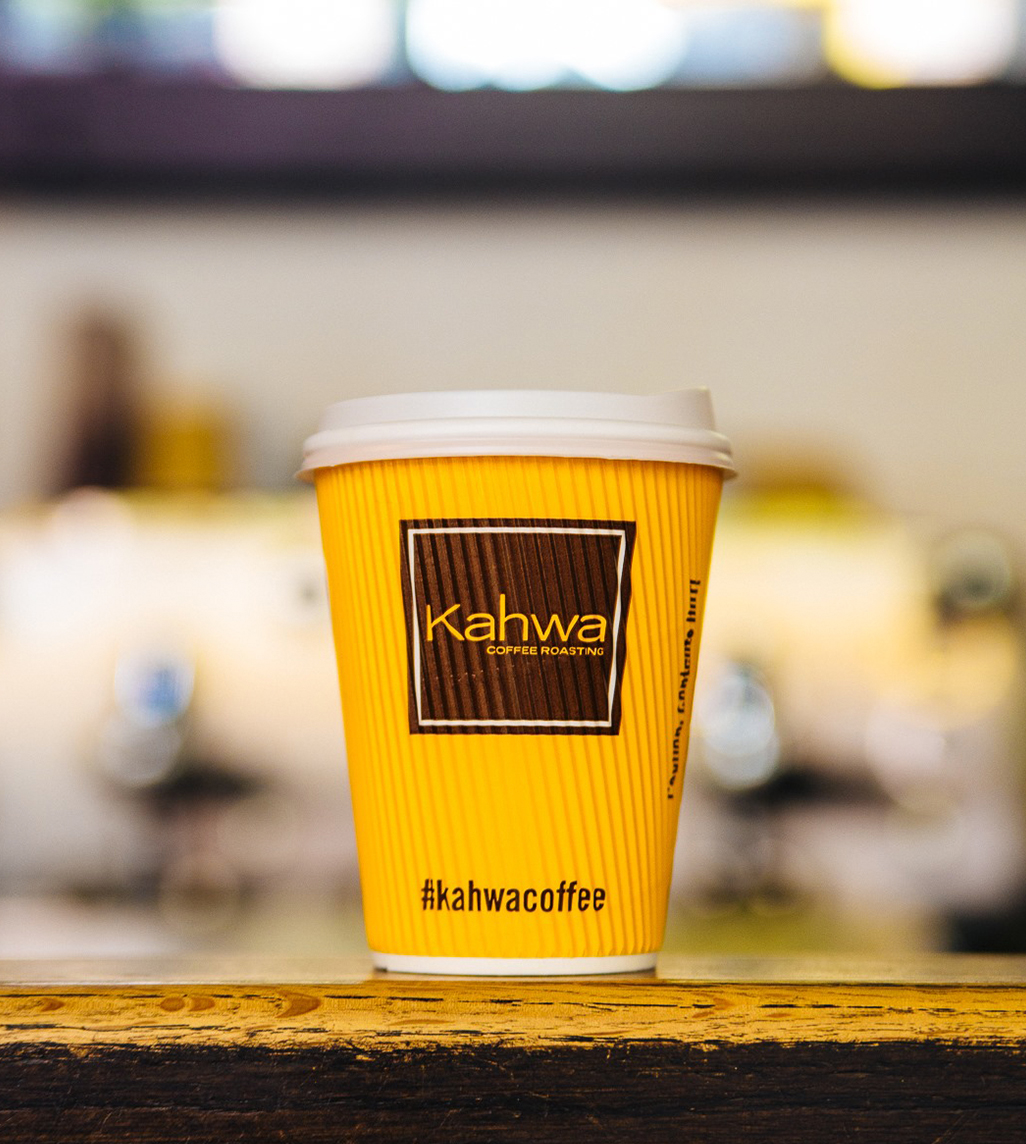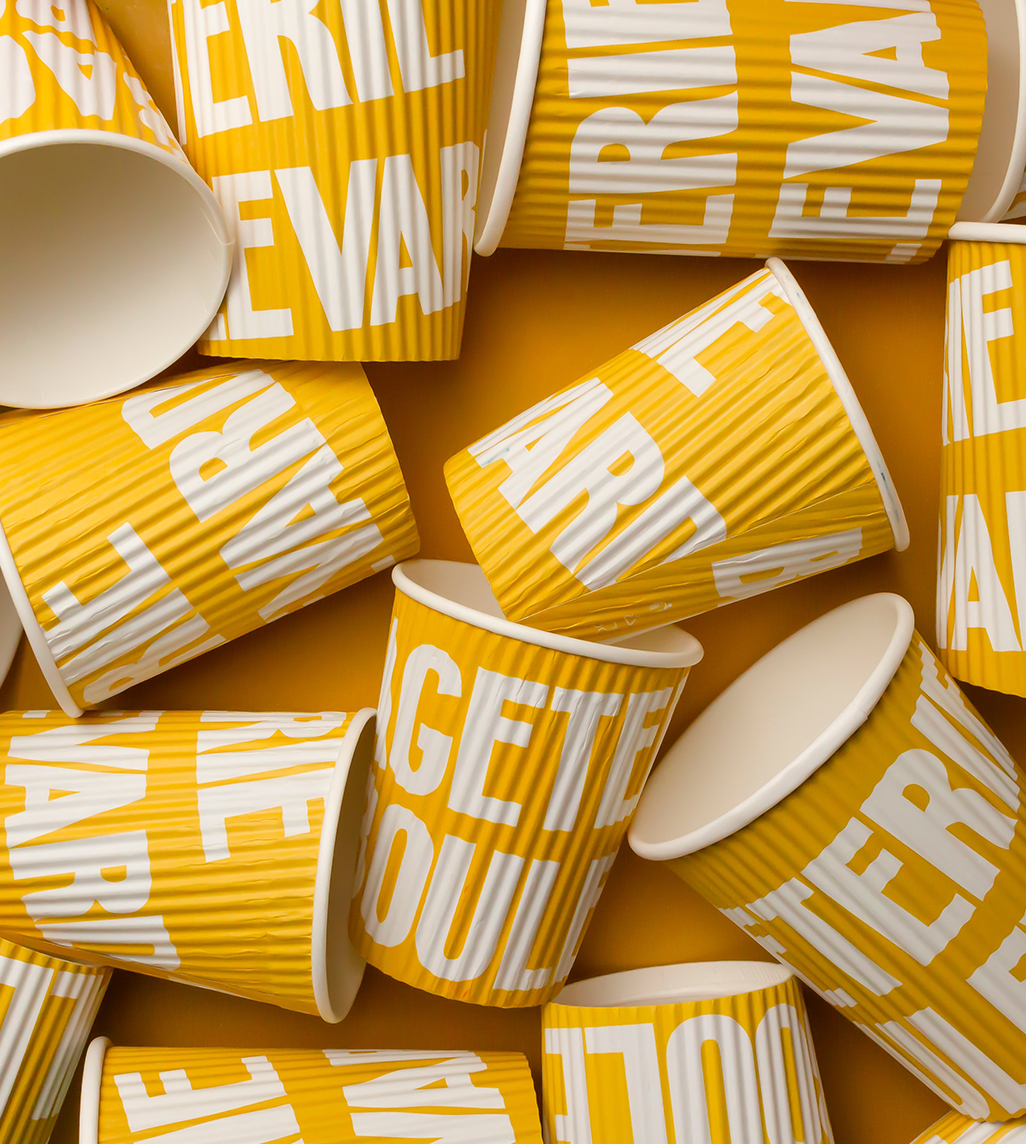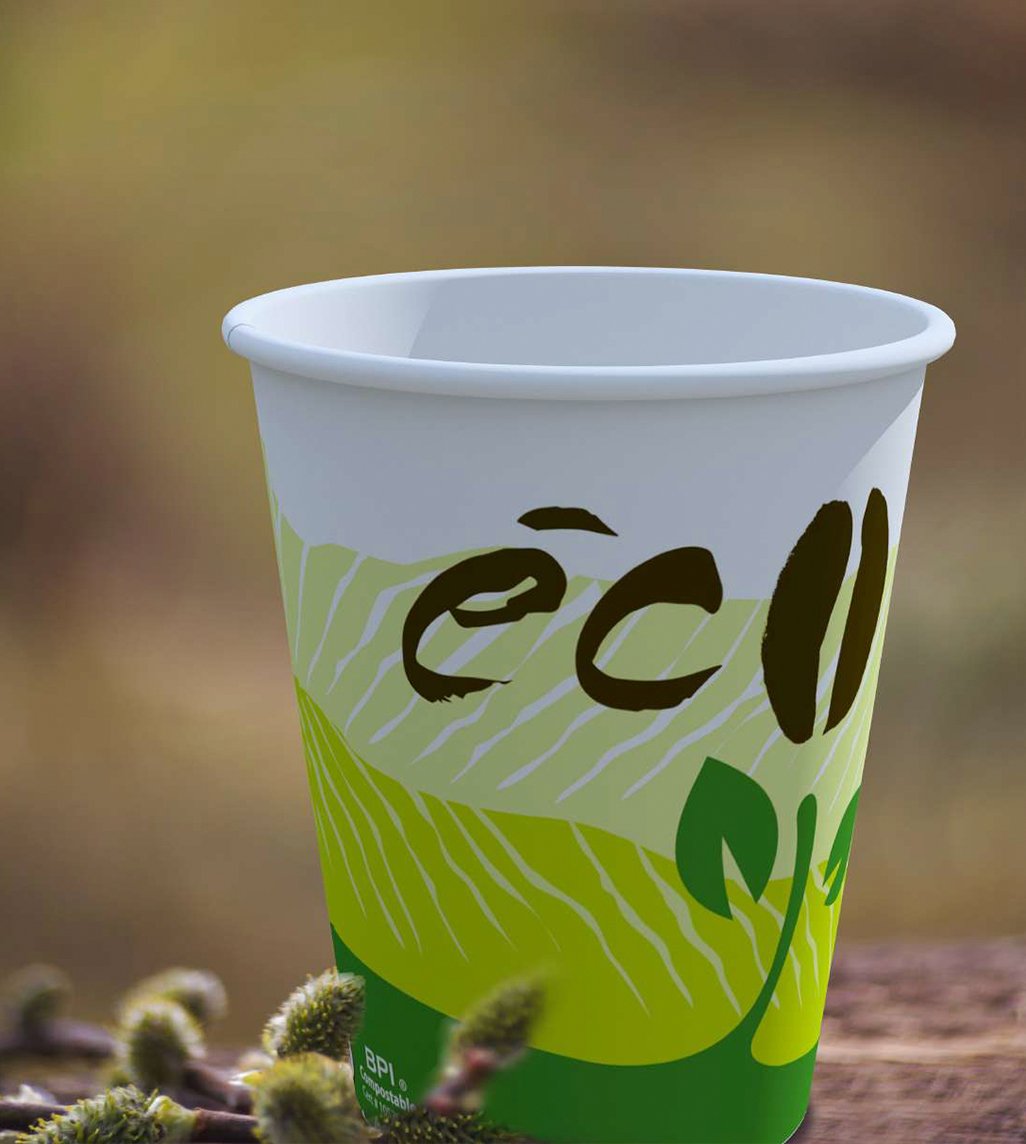 ← retour
← retour
Who doesn’t love a coffee on the go or a nice takeout meal at the park? We sure do! That’s why our active lifestyle needs quality products. Our top-notch materials combined with our innovative solutions allow us to create world-class eco-friendly disposable products. We use first-rate paper for our cups and above industry-standard lining for optimal leak resistance.

Poly-paper is a synthetic coated paper ideal for keeping hot or cold beverages stored while on the go. This material is water-resistant and hard to tear. Poly-paper is recyclable and can replace various plastic components allowing us to create ecological packaging for your disposable needs.
It’s commonly mistaken that the quality of the paper depends on its grams per square meter (GSM). GSM is a measurement used in the industry to quantify the mass or density of a material. It’s often believed that the heavier the paper, the better the quality, but that’s not necessarily the case. We know that the higher the GSM, the heavier and thicker the paper is but thickness is not automatically an indicator of quality. The quality of the paper is measured by the raw material properties, its leak resistance, and its capacity to withstand high and low temperatures.
This means that you can get low-quality heavyweight paper or premium quality light paper. Moreover, the GSM required for each item also relies upon the coating. For example, the thickness of paper needed for a polyethylene (PE)-coated cup to be leak-proof is lower than that used for a polylactic acid (PLA)-lined one.
Polyethylene (PE) paper
PE is the type of plastic most commonly used for packaging and containers. It’s also used as an inner lining on paper cups to make them heat and moisture resistant. Therefore, the cup doesn’t get soggy or soaked because the PE welds and seals the seams of the cup making it waterproof.
Polylactic Acid material
PLA, also known as ‘’corn plastic’’, is a plant-based material extracted from starchy plants such as corn, potatoes, tapioca, sugarcane, and soy protein. The plant is milled and processed to extract the starch, which is then converted into plastic. The plant-based liner is used for compostable cups as an impermeable coating.
PLA was invented in the 1930s but, because it was too expensive, it wasn’t until 1989 that PLA made its way into the business world. At the end of the 1980s, it was discovered that PLA could be made from corn starch, which made it affordable and cost-efficient. People started loving PLA because it’s a strong environmentally-friendly bioplastic as good as PE.


While PE-coated cups are recyclable, they have to be recycled separately from other recyclable items. PLA, on the other hand, is compostable and biodegradable. Biodegradable products break down into natural elements by bacteria, fungi, or some other biological process. Almost everything is biodegradable but most things take thousands of years to biodegrade. For a product to be considered biodegradable must quickly decompose into natural elements.
Compostable items, however, are capable of breaking down in a compost environment and, because of this, they cause no harm to the environment. Although biodegradable materials go back to nature, they sometimes leave behind metal residue.
We mean business
Paper quality is a big deal for us. We take great pride in the premium quality of our work and products. We’re committed to developing first-class products that nature would approve.
The world is home
We’re driven by excellence. That’s why we have above-industry standards and stick to them.